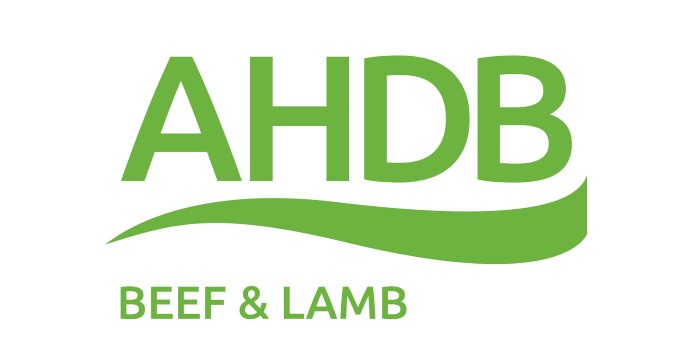More beef, lamb and dairy products would be sold if a brighter spotlight was shone on their health benefits, a research conducted by AHDB has showed.
The consumer research, on Health and Nutritional Messaging, examined how aware consumers are of the health messaging around beef, lamb and dairy, and investigated the reactions of buyers to specific health claims.
In particular, the research confirmed consumers’ growing appetite and attention for the health benefits of red meat, concluding that the behaviours at the moment of purchase can be influenced with appropriate and effective nutritional communication.
Findings show that communicating the health benefits of:
- beef is likely to increase consumption for half of consumers (50% nat rep. 69% younger consumers vs 50% older consumers)
- lamb is likely to increase consumption for half of consumers (48% nat rep)
- dairy is likely to increase consumption amongst around half of consumers (51% nat rep).
It was discovered that health has different meanings for different people. For older people, it is generally associated with a balanced diet, whereas for younger age groups it is related to different lifestyle factors, like exercise and methods of food preparation.
Steven Evans, AHDB Consumer Insight Manager, said: “There is an increasing interest from consumers towards learning more about the health benefits of including red meat and dairy products in their diets. Many consumers claimed they would be likely to increase their consumption of beef, lamb and dairy following exposure to the health messages they saw, but this is higher among those who already buy the products.
“This indicates that positive health messages could be a good way of promoting these products and convincing people to buy into these categories. People want to know how to gain the health benefits. Knowing how much of something should be eaten to gain a health benefit is something people would like to know and be guided on.”
The research also uncovered the attitudes of buyers towards alternatives to the traditional meat and dairy items available in shops.
Other findings of the research include, in brief:
- More younger consumers (18-44) would like their household to eat a healthier diet than older consumers (45+) 68% vs 55%
- significantly more younger consumers limit their consumption of red meat for health reasons than older consumers: 39% vs 33%
- significantly more younger consumers limit their consumption of dairy for health reasons than older consumers 34% vs 25%
- significantly more younger consumers buy alternatives to red meat than older consumers 51% vs 31%significantly more younger consumers buy alternatives to dairy than older consumers 53% vs 32%
Steven added: “The study is in line with AHDB’s most recent marketing strategies. We know that if we communicate effectively the health benefits of red meat and dairy, people are willing to listen and change their attitude when purchasing and consuming more beef, lamb and dairy products”.
Laura Ryan, AHDB’s Strategy Director for Beef & Lamb said: “AHDB has been working tirelessly for the promotion of the health benefits of red meat. Not least, with the publication of three guides, one for beef, one for lamb, one for pork, telling health professionals, retailers and producers exactly what nutritional claims can be made about red meat.”
“AHDB can, in this way, help consumers understand why the consumption of lean beef as part of a healthy balanced diet can legitimately be promoted as making a positive contribution to the diet and health. For example, beef is naturally rich in protein, low in sodium and provides eight vitamins and minerals that contribute towards good health and wellbeing.”
If you want to know exactly what health claims can be made about red beef, lamb and pork, please visit http://meatandhealth.redmeatinfo.com/health-professionals/health-claim-guides.aspx


